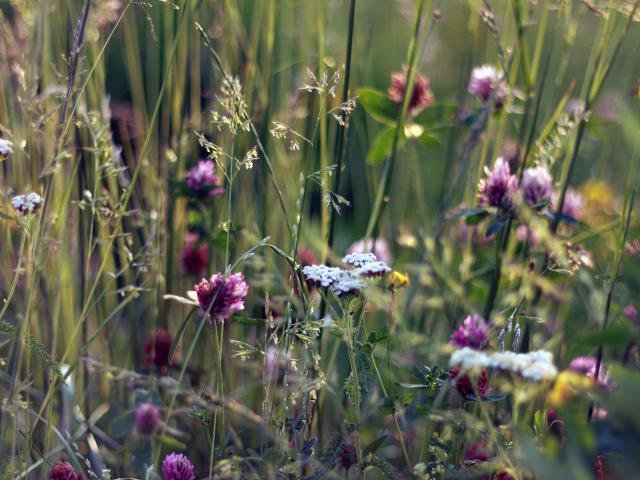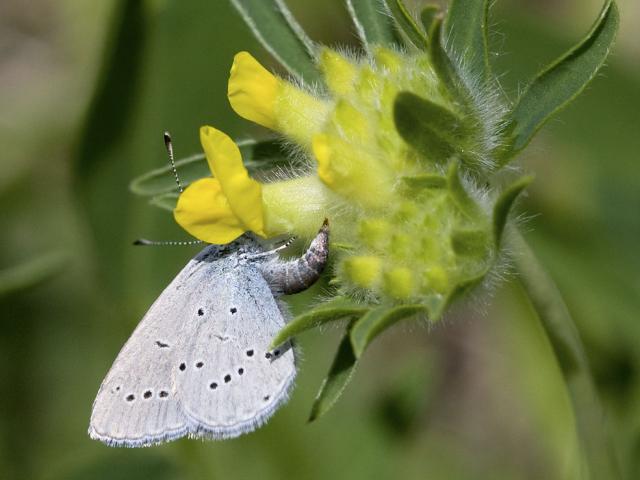
Somerset Wildlife Trust - Press Release (Tuesday 4th February 2020)
Somerset Wildlife Trust has now successfully completed its year-long ‘Making Space for Butterflies in Mendip’ project with Aggregate Industries, which worked to improve butterfly habitat and food sources in the Mendip Hills area
Thanks to a £22,000 grant from The Wildlife Trusts and Aggregate Industries’ Local Partnerships Fund, a range of grassland and woodland habitat restoration work, including woodland ride management, thinning, coppicing, hedgelaying, scrub clearance and fencing works, has been carried out at Somerset Wildlife Trust’s Cheddar Wood Nature Reserve and at wildflower grasslands around Aggregate Industries’ Torr Works Quarry.

Opening up woodland rides and glades, thinning woodland, and coppicing ensures that some areas of woodland are opened up to allow more light into rides and glades. This allows woodland plants and flowers to flourish, which are essential for supporting Mendip woodland butterflies and other invertebrates.

In East Mendip, removing dense bramble and installing fencing on grasslands close to Torr Works Quarry has enabled grazing to be reintroduced. This ensures that certain plant species which could outcompete grassland wildflowers, like bracken, are kept at a manageable level. Over time, this will allow a rich variety of wildflowers to flourish on these grasslands, supporting a range of butterflies and other insect species.

The project has also helped to create more habitat patches of kidney vetch for the small blue butterfly. In August, Somerset Wildlife Trust joined local butterfly expert Chris Iles and Torr Quarry’s Biodiversity Adviser Simon Wiltshire to collect seeds of kidney vetch which grows near the quarry. Somerset Wildlife Trust volunteers then sowed the seed collected onto suitable limestone grassland nearby, to create ‘stepping stone’ habitat patches for the small blue butterfly to increase its range. This plant is the butterfly’s larvae’s sole foodplant so is vital for its survival.
Lila Morris, Mendip Conservation Officer, says “Somerset Wildlife Trust would like to thank all of the butterfly specialists, contractors and quarry staff who have helped to restore butterfly habitats across Mendip this past year and make this project a soaring success, as well as our fantastic hedgelaying and coppicing volunteers, who all got really involved. Many participants said they enjoyed the hedgelaying work and found it rewarding to do something beneficial for local wildlife, so we hope that they continue to use their newfound hedgelaying skills to help improve hedges in their local area. If you’re interested in learning this traditional skill, we hope to provide more chances to put billhooks to use later this year!”
Link to previous article (Feb 2019)

